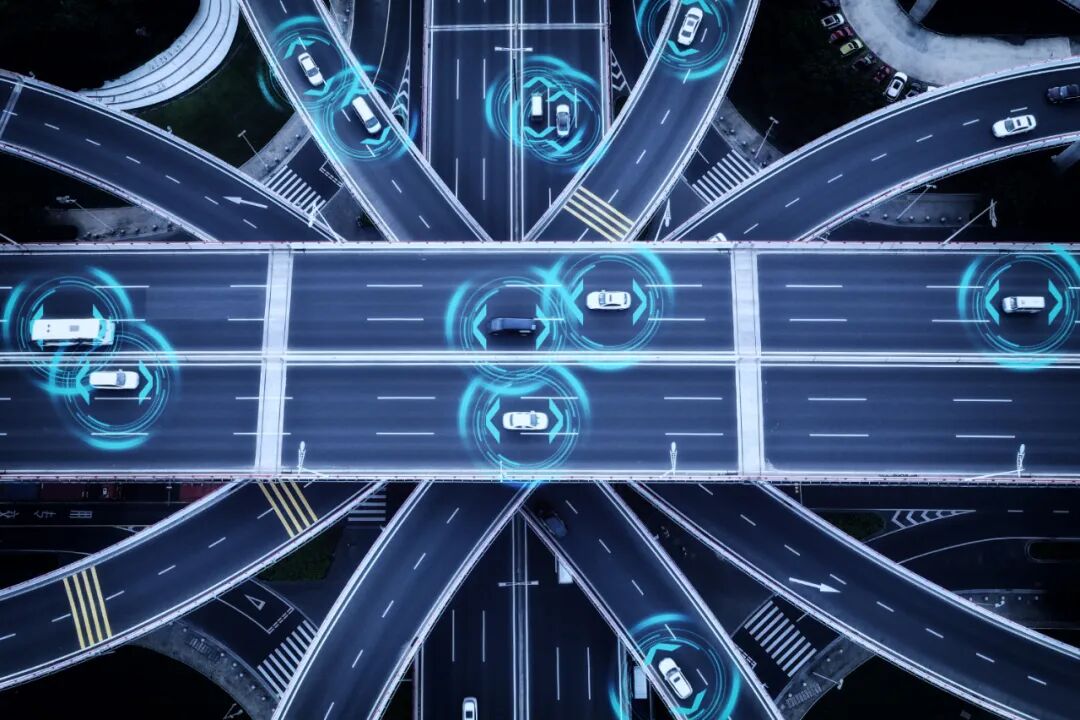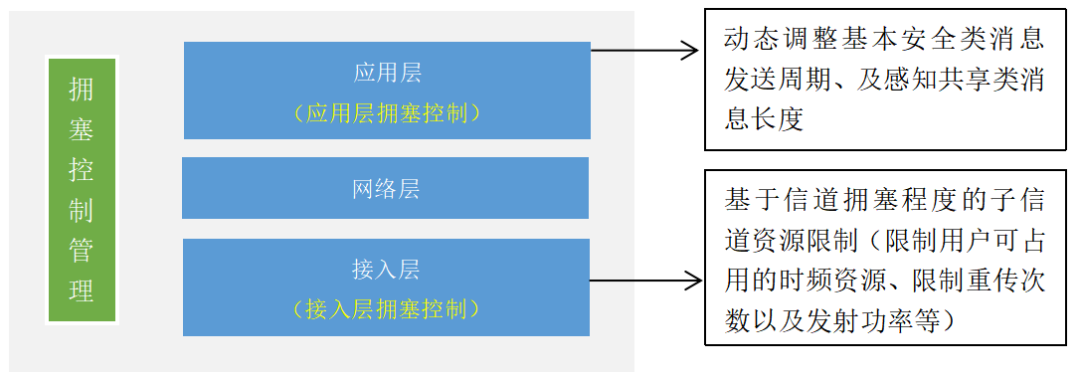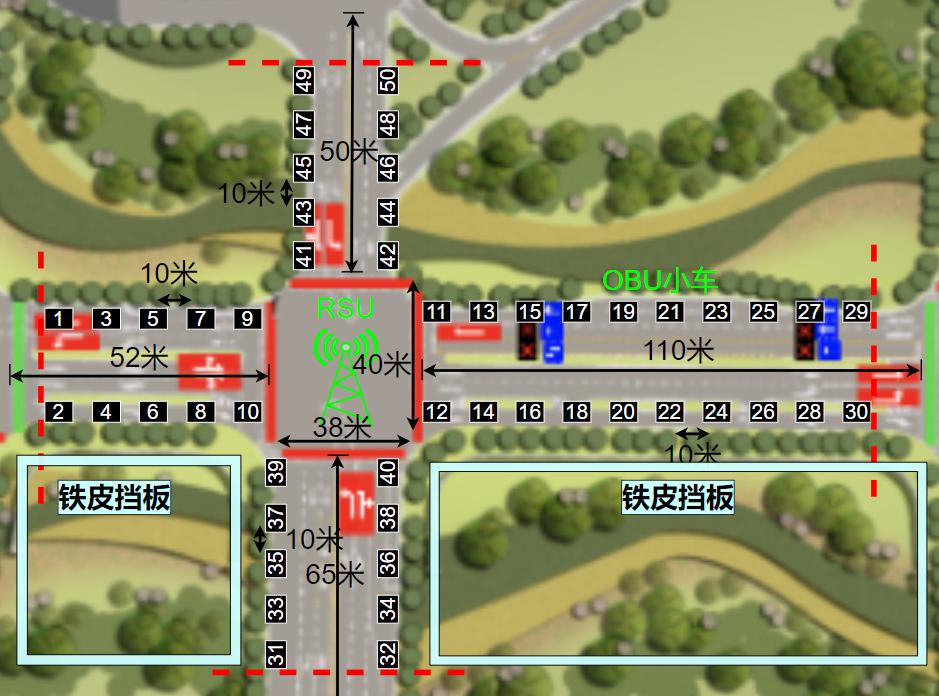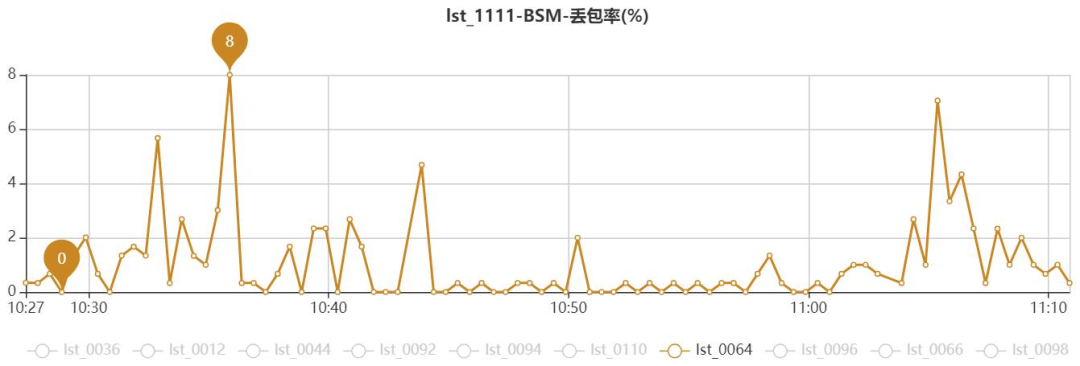 With the acceleration of the integration of vehicles, roads, and cloud, C-V2X congestion control technology is becoming the “digital foundation” of smart cities and smart transportation. The evolution of congestion control is also the transformation of the Internet of Vehicles from “usable” to “dare to use”.01
With the acceleration of the integration of vehicles, roads, and cloud, C-V2X congestion control technology is becoming the “digital foundation” of smart cities and smart transportation. The evolution of congestion control is also the transformation of the Internet of Vehicles from “usable” to “dare to use”.01
Internet of Everything: The Digital Pulse of the Internet of Vehicles
In the world of the Internet of Vehicles, over a hundred million messages flow every second. These messages are like the capillaries of a city, carrying dialogues between vehicles, between vehicles and roads, between vehicles and the cloud, and between vehicles and pedestrians. When you drive on a smart highway, the onboard terminal completes these “digital breaths” at millisecond speeds.
Communication between vehicles and between vehicles and roads is closely related to traffic safety and efficiency, which requires extremely high timeliness, ensuring that communication delays are within 100ms, especially for collision warning services, which require delays to be within 20ms. Therefore, this type of communication usually adopts a direct V2X connection. In contrast, interactions between vehicles and cloud platforms mainly rely on 4G/5G public networks, primarily used for transmitting information and entertainment services that are not sensitive to delays.
Vehicle-to-Vehicle Communication: During normal driving, each vehicle continuously broadcasts its status at a frequency of 10Hz, completing 10 updates of driving status per second. Within an effective communication range of 150m~800m (considering obstructions or open areas), all vehicles can receive the messages broadcasted by that vehicle. This high frequency of transmission ensures the effective delivery of real-time precise location, speed, and direction of travel, while also ensuring that, within an allowable packet loss rate (not exceeding 10%), all vehicles on the road can timely receive valid information without missing any alerts.
Vehicle-to-Road Communication: Roadside units (RSUs) installed on the road continuously broadcast status information about the road segment at a frequency of about 1~2Hz, including road map information, traffic light phases, and identified traffic accidents, congestion, temporary construction, slippery roads, non-motor vehicles, and intrusion situations. Since RSUs are usually installed at a height above 5m from the ground, the effective transmission distance of messages is broader, potentially reaching up to 1km in range.
These data circulate between vehicles and roads through the V2X PC5 protocol. They are not precisely delivered in a “point-to-point” manner but rather adopt a dense “broad net” strategy. When vehicles are within effective communication range, they receive these massive messages, then filter and process them based on their own status to obtain valid safety alerts. However, we can imagine that during peak hours, when traffic flow surges, there may be hundreds of vehicles within a 300-meter stretch, and if each vehicle continues to send messages indiscriminately, this precision system, operating in milliseconds, will face the challenge of “digital congestion.” In such cases, can vehicles still receive effective safety alerts?In high-density scenarios such as peak hours, the “broad net” strategy of massive messages may lead to channel congestion, threatening the transmission of critical safety information. How to ensure that every vehicle can still timely receive critical data such as collision warnings during “digital congestion”? This is the core challenge that congestion control technology needs to address—maintaining communication efficiency while ensuring driving safety under limited resources.02
“Digital Congestion”: The Congestion Control Path of AI Traffic Police
In the application environment of the Internet of Vehicles, when roads become congested, hundreds of vehicles clustered together, if they continue to broadcast V2X messages at the conventional frequency of 10Hz, it can easily cause congestion in the air interface, turning the wireless channel into a chaotic marketplace. At this time, the “congestion control mechanism” acts like an AI traffic police, whose core task is: to allow high-priority messages to pass smoothly while avoiding channel collapse.
The congestion mechanism enables vehicles to perceive the congestion state of the channel and adaptively reduce sending demands (including sending frequency, sending resources, sending power, etc.); when the channel is not congested, vehicles gradually restore their normal sending demands. The core of congestion control is to ensure fairness in the transmission resources among vehicles and prioritize the sending of high-priority data packets. Supporting the congestion control mechanism can improve resource utilization, reduce system interference, and enhance the reliability of message reception.
The congestion control of the Internet of Vehicles is not a single-layer technical response but a sophisticated “cross-layer collaboration” system. The access layer and application layer are the dual engines of congestion control.
Access Layer: The Sentinel of Channel Status
As the underlying guarantee, the access layer plays the role of a sentinel for channel status. User terminals periodically detect the Channel Busy Ratio (CBR) every 100ms, which is a key indicator for determining whether the network is congested; typically, a CBR exceeding 70% triggers congestion control. Upon detecting congestion, the access layer can optimize channel resource usage by adjusting the number of sub-channels (similar to “lane merging”), adjusting modulation and coding schemes (sacrificing rate for stability), shutting down retransmission mechanisms, and reducing sending power (to decrease communication range).
Application Layer: The Brain of Strategy Formulation
Building on the basic regulation of the access layer, the application layer serves as the “strategy hub.” Utilizing the congestion control mechanism of the access layer, the application layer can take further measures. For example, considering that vehicles move slowly during congestion, reducing the timeliness of information, the sending frequency of Basic Safety Messages (BSM) can be dynamically linearly reduced from 10Hz to 1Hz, and some lower-priority V2X business data can be discarded, while compressing message content to ensure that the use of transmission resources does not exceed its quota, prioritizing safety messages. According to measurements, during peak hours on Beijing’s Fourth Ring Road, the BSM sending frequency decreased by 60%, and channel utilization dropped from 85% to 55%. When the CBR reflects a load below the threshold, vehicles will gradually restore communication. 03
03
Large-Scale Testing: The Practical Effectiveness of Congestion Control Technology
Since 2020, the China Academy of Information and Communications Technology has conducted large-scale tests in collaboration with over 20 automotive companies in cities like Beijing and Shanghai. The tests focus on the communication performance between tested vehicles and background vehicles, as well as between tested vehicles and roadside devices, under various driving scenarios such as straight roads and intersections.
Among them, the packet loss rate is an important statistical indicator that clearly reflects the actual performance of V2X communication in this environment when the congestion control mechanism is enabled or disabled, and can evaluate the implementation of various safety warning applications for V2V and V2I.

Image Source: “Innovative Center for the Internet of Vehicles, China Academy of Information and Communications Technology” – 2021 C-V2X Large-Scale Application Practice Progress”
After testing, the average packet loss rate reached 8.6% without enabling congestion control, with significant fluctuations, and the maximum value even reached 41.8%, far exceeding the standard packet loss rate limit of 10%.

With congestion control enabled, the indicators improved significantly, with an average packet loss rate of only 1.04%, and a maximum value of 8%.

In addition to the packet loss rate as a key indicator, the large-scale tests also evaluate various performance indicators such as CBR (Channel Busy Ratio), average delay, packet sending interval, packet receiving interval, message lifespan, and position tracking error under different vehicle densities, road types, and vehicle directions.
Through comprehensive analysis of large-scale test data, the following key conclusions can be drawn: with congestion control enabled, the packet loss rate significantly decreases, communication delay slightly increases (due to increased resource scheduling time), and message lifespan greatly improves (depending on whether packet reception is stable). As vehicle density increases, the demand for physical resources also rises, leading to an increase in CBR. Due to the congestion control mechanism, the packet sending interval of devices may increase, communication delay may slightly rise, and packet loss rate may also increase. However, the packet loss rate can still be maintained within the required standard range. In congested straight road conditions, the changes in packet sending intervals and CBR at various points are not significant. However, when test vehicles attempt to communicate with other test vehicles, the packet loss rate shows a proportional relationship with distance. In congested intersection scenarios, the center of the intersection has the theoretical highest vehicle density, and CBR and packet sending intervals decrease from the center of the intersection outward, while communication delay and packet loss rate increase from the center outward.
04
Building an Integrated Digital Neural Network for Vehicles and Roads
In the current applications of the Internet of Vehicles, the working frequency band of vehicle devices is in the 5905~5915MHz range with a total bandwidth of 10MHz, while RSUs operate in the 5915~5925MHz range with a total bandwidth of 10MHz. The application layer congestion control algorithm remains always on to ensure that application alerts can trigger normally without significant safety risks. Congestion control in the access layer and application layer should be a mandatory requirement for terminals and should consider regulatory measures.As the integration of vehicles, roads, and cloud accelerates, C-V2X congestion control technology is becoming the “digital foundation” of smart cities and smart transportation. The evolution of congestion control is also the transformation of the Internet of Vehicles from “usable” to “dare to use.” This technological breakthrough not only marks the transition of the Internet of Vehicles from laboratory concepts to large-scale commercial use but also achieves a qualitative change from “basic connectivity available” to “daring to use in complex scenarios” through dynamic resource scheduling, priority assurance, and intelligent anti-interference mechanisms, truly building a comprehensive, all-weather, all-condition, high-reliability, low-latency digital neural network for smart cities.
Author | Mo Zhi Yu
Produced by | Yan Zhi Automobile







